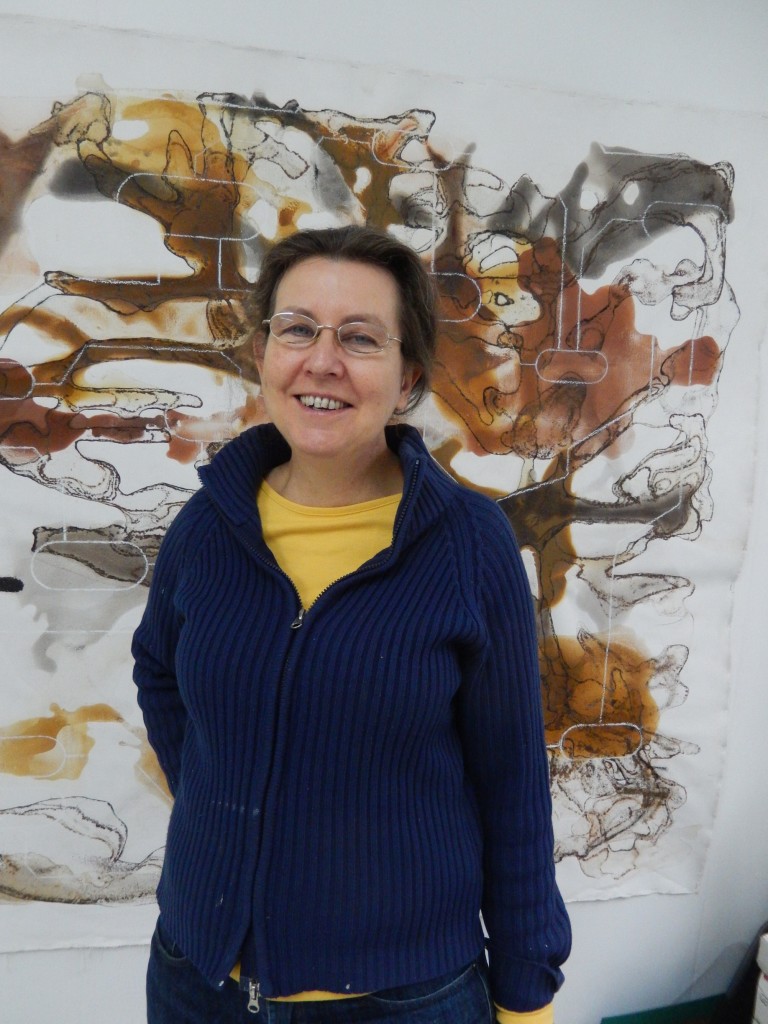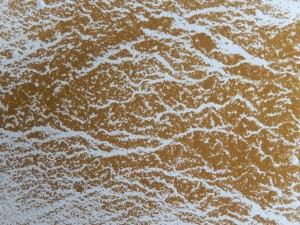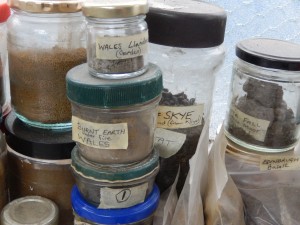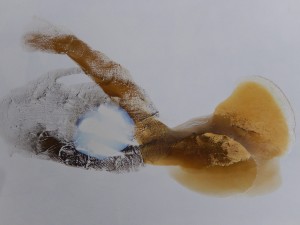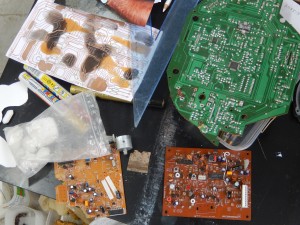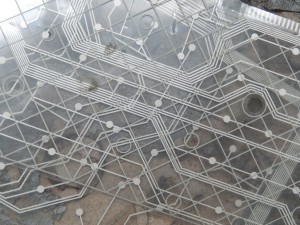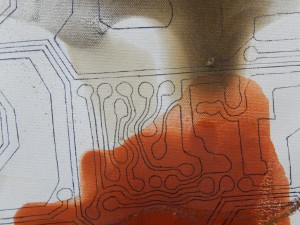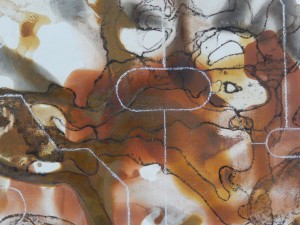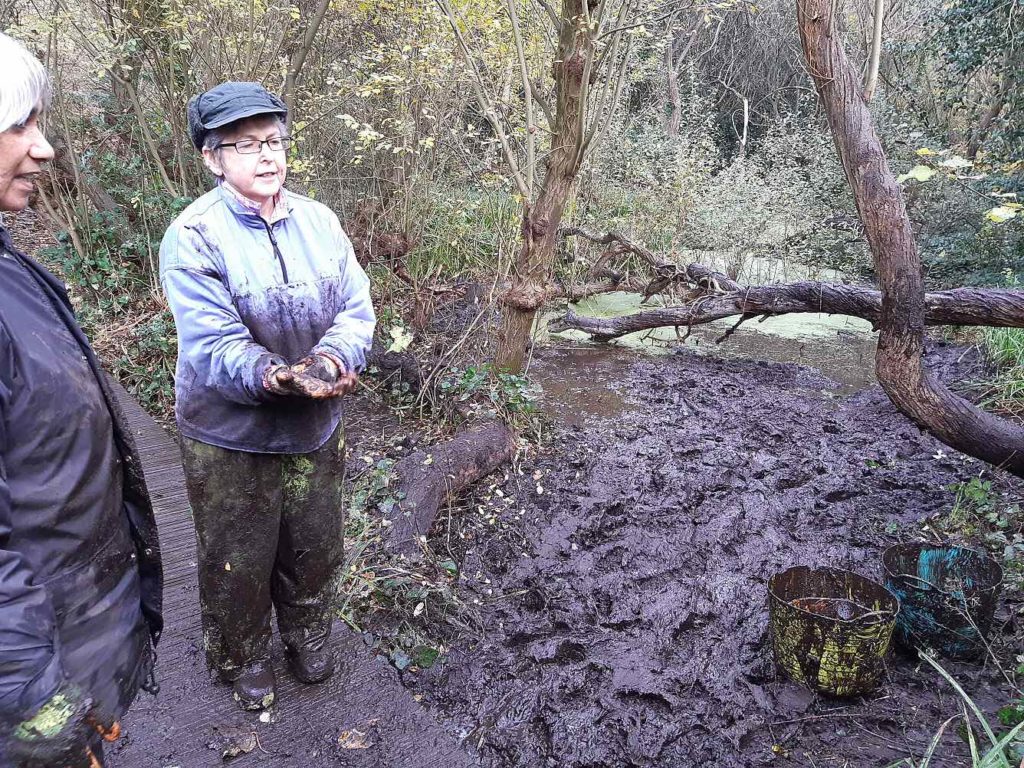
Well, it’s late November, the animals aren’t breeding, and the flowers are mostly not flowering (Rowan and Cotoneaster are honourable exceptions). So, it’s the perfect time for clearing out the Wet Woodland (Carr) to keep it looking, well, Wet, rather than getting more and more overgrown and full of leaf litter until it turns into good old ordinary dry woodland, or Mixed Temperate Forest as an ecologist would say.
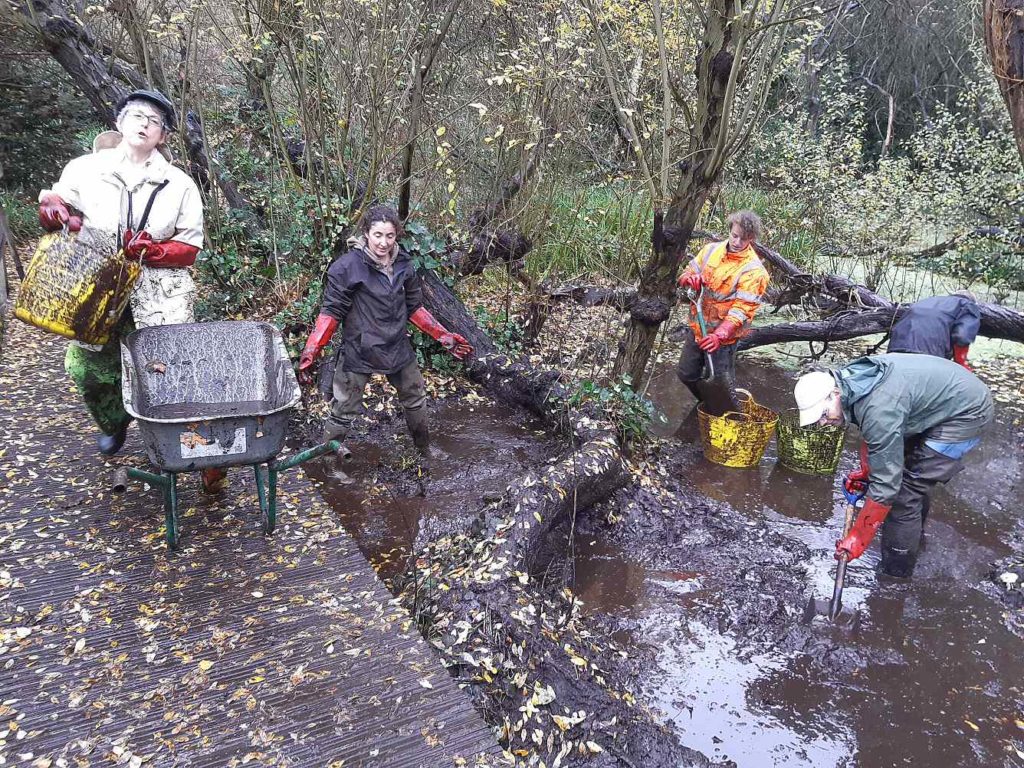
There’s always a debate about why we do this sort of thing. Shouldn’t we just do George Monbiot’s Rewilding thing and leave nature alone? Well, we could. Then the reserve’s pond, wet woodland, meadows, grassy banks, and demonstration flowerbed would all go through the succession to mixed woodland, and we’d have an end-to-end canopy of trees: not a bad thing you might say.
But we would lose much of the diversity of habitats and of species – no pond life, no grassland flowers or grassland butterflies, for instance. In a large enough area, that would be fine: the rivers would flood and meander, create new oxbow lakes, mudflats, and shingle banks, which would be colonized and grow up into varied ponds, wet woodland, meadows, and forest, just as you’d hope.
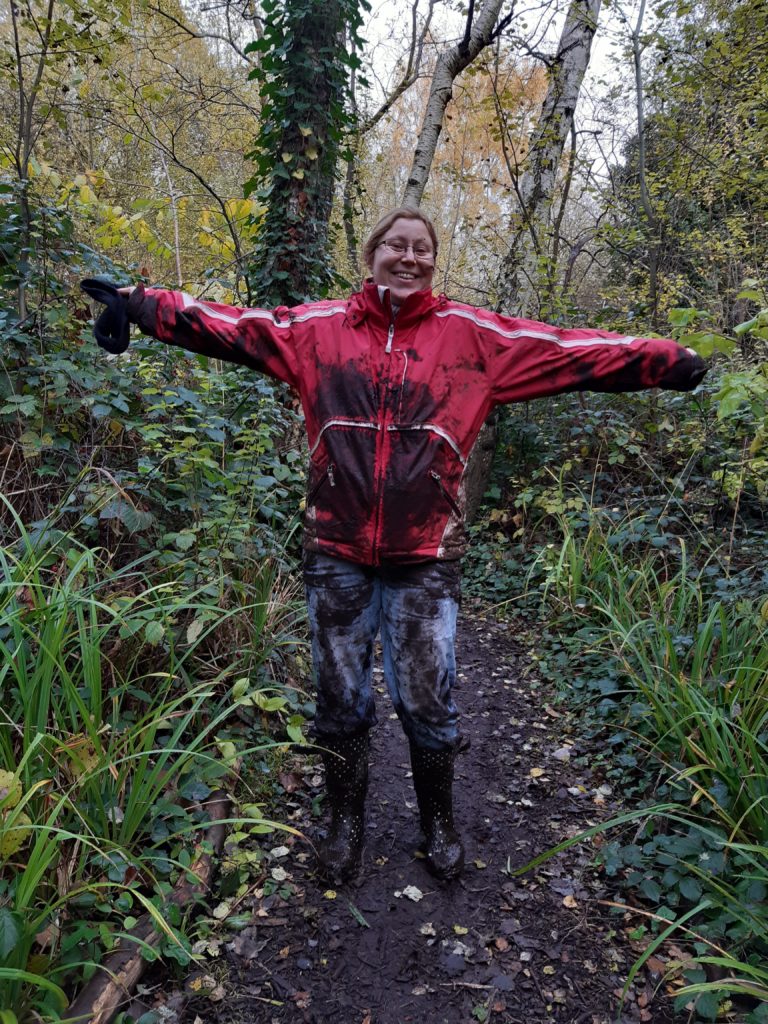
Only one small problem: you need to include a river’s catchment area and flood plain in the reserve. That’d be the whole of Oxfordshire, Berkshire, and London, roughly…
So, to be practical, in an urban nature reserve you only get a small area to conserve, to allow people to visit to see and feel and smell and touch nature, and to teach children (and adults) about nature. Those are worthy aims, and they’re the raison d’etre of London Wildlife Trust. To manage that, one needs to maintain a bit of diversity of habitats and of species for people to see and learn about. And that means holding back the natural succession so that not every inch is a tree canopy, splendid as canopies are. And that means having volunteers scoop mud, mow grass, and pull out tree seedlings, all the while trying to leave enough seeds, eggs and other life-forms in place for the reserve to burst back into life at all stages of the succession.
Yes, we know George Monbiot calls all that “gardening”: but really, it’s not. We’re just creating the conditions for nature to do its own thing, or rather, a lot of its different and wonderful things.
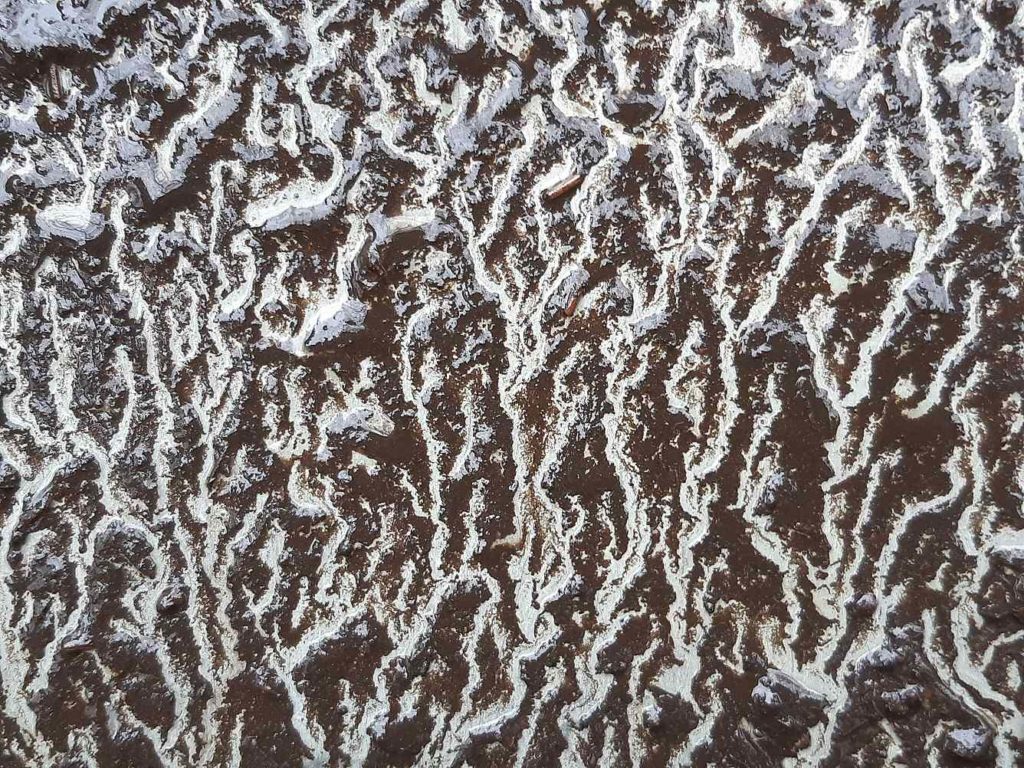
Actually, one can hardly help letting nature do its thing. It does it even in the mud in a wheelbarrow!

